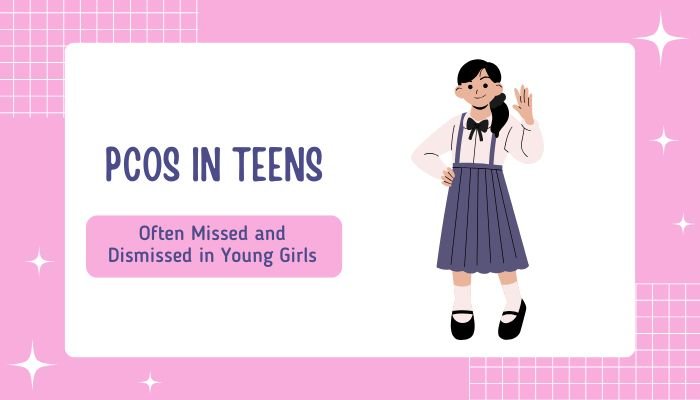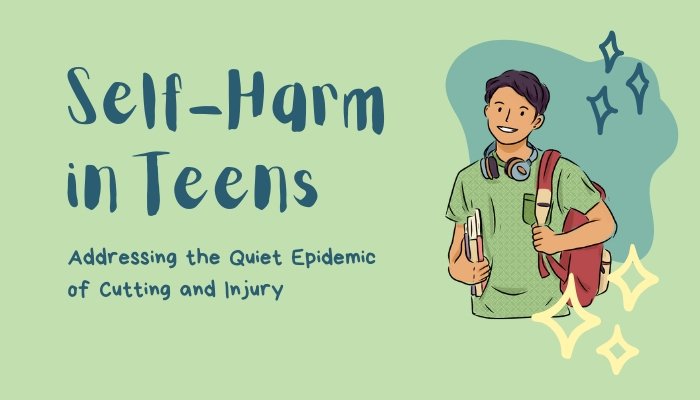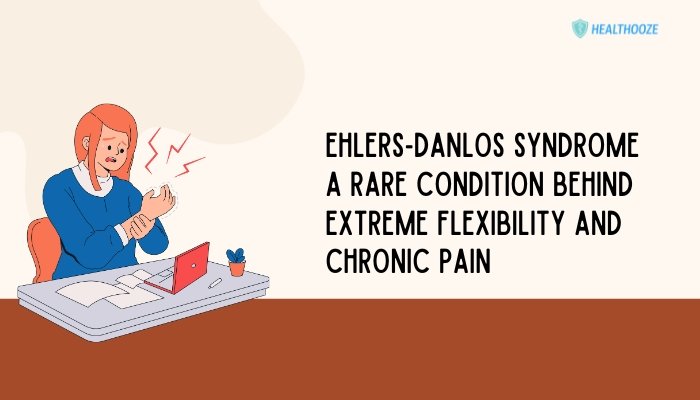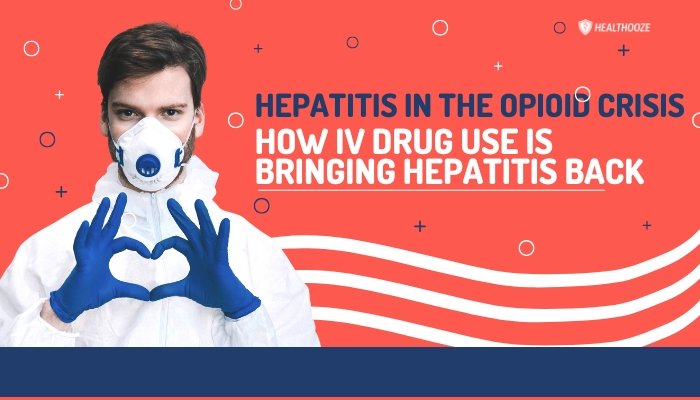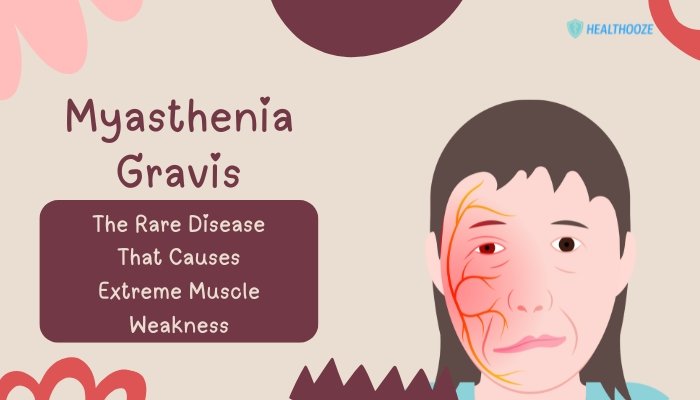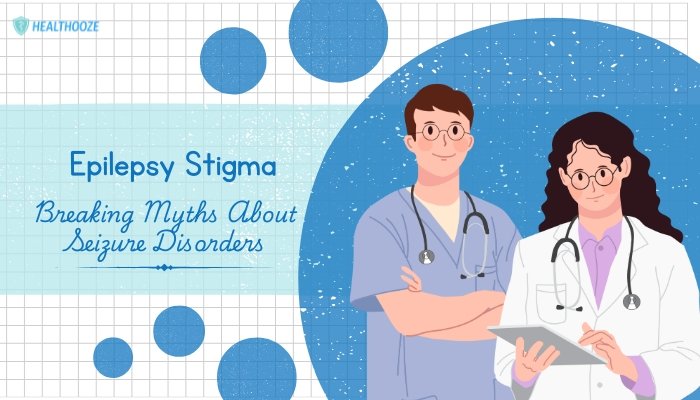Introduction
Polycystic Ovary Syndrome (PCOS) is one of the most common endocrine disorders in females, yet it remains underdiagnosed and undertreated in adolescents. Affecting an estimated 5–10% of teenage girls globally, PCOS involves a combination of menstrual irregularities, hormonal imbalances, and metabolic changes. However, because many of these features overlap with normal puberty, it is often missed, misdiagnosed, or dismissed as a phase that will “settle with time.” Early recognition is vital to prevent long-term complications, improve self-esteem, and provide appropriate counseling to patients and families.
Why PCOS Is Harder to Recognize in Adolescents
During the first few years after menarche, it is normal for girls to have irregular periods, acne, and even mild hirsutism due to fluctuating hormones. These normal variations mimic PCOS, making diagnosis challenging.
- Menstrual irregularity: Cycles may be anovulatory for up to two years post-menarche, so doctors may hesitate to label it abnormal.
- Androgenic symptoms: Acne and mild hair growth are common in puberty, yet in PCOS, they are often more severe and persistent.
- Psychosocial underestimation: Concerns of adolescents about body image, weight gain, or hair growth may be dismissed as “teenage worries” rather than symptoms of a medical disorder.
Diagnostic Considerations in Teen PCOS
Most guidelines (Endocrine Society, Pediatric Endocrine Society, and International PCOS Guidelines 2023) recommend using stricter criteria in adolescents compared to adults.
- Irregular menstrual cycles persisting more than two years post-menarche (cycles <21 or >45 days, or <8 cycles per year).
- Clinical and/or biochemical hyperandrogenism, such as moderate-to-severe acne, hirsutism, or elevated serum total/free testosterone.
- Ovarian ultrasound is not recommended for diagnosis in teens because multifollicular ovaries are a normal finding at this age.
A diagnosis should be made only after excluding other conditions such as thyroid disease, hyperprolactinemia, nonclassical congenital adrenal hyperplasia, and androgen-secreting tumors.
The Role of Obesity and Metabolic Risk
Teenagers with PCOS often present with rapid weight gain or difficulty losing weight. Obesity amplifies insulin resistance, which in turn worsens hyperandrogenism and menstrual irregularities. Even lean adolescents with PCOS may have increased visceral fat and metabolic abnormalities. Early detection is important because:
- PCOS in adolescence is linked to higher risk of type 2 diabetes, metabolic syndrome, and dyslipidemia.
- Lifestyle interventions started early have greater long-term benefits.
Psychosocial Impact: More Than Just Period Problems
Adolescence is a formative period for self-esteem and body image. PCOS symptoms such as acne, unwanted facial or body hair, and weight gain can lead to bullying, social withdrawal, and depression. Studies show that adolescents with PCOS are more likely to experience:
- Anxiety, depression, and low self-confidence.
- Eating disorders or unhealthy dieting practices.
- Fear about future fertility due to misinformation.
Ignoring or trivializing these concerns can worsen mental health outcomes. A multidisciplinary approach including mental health professionals, nutritionists, and endocrinologists can make a big difference.
Common Reasons for Missed or Delayed Diagnosis
- Normalization of symptoms: Clinicians and parents may think irregular periods or acne are “normal teenage problems.”
- Fragmented care: Teens may consult dermatologists for acne, gynecologists for periods, and nutritionists for weight gain—without an integrated evaluation.
- Lack of awareness: In many settings, both healthcare providers and families are unaware of adolescent PCOS guidelines.
- Stigma and embarrassment: Teen girls may be reluctant to discuss menstrual cycles or hair growth openly.
Management Strategies for Teen PCOS
The goal is not just symptom control but also prevention of long-term metabolic and reproductive complications. Treatment should be individualized and age-appropriate.
Lifestyle Modification
This is the cornerstone of management and should be emphasized early:
- Balanced diet: Focus on whole grains, high-fiber foods, lean protein, and limiting sugary drinks.
- Regular physical activity: At least 60 minutes of moderate exercise most days of the week.
- Sleep hygiene and stress management: Essential for hormonal balance and metabolic health.
Even a modest 5–10% weight loss can improve menstrual regularity and insulin sensitivity.
Pharmacological Therapy
- Combined oral contraceptives (COCs): First-line therapy for menstrual regulation and reducing androgenic symptoms. Low-dose estrogen–progestin pills are preferred.
- Metformin: Useful in overweight or insulin-resistant adolescents; improves metabolic profile and may restore ovulation.
- Anti-androgens (like spironolactone): Considered for persistent hirsutism or acne after 6–12 months of COC therapy, with contraception in place.
- Topical and cosmetic measures: For acne and hirsutism to improve self-esteem while systemic therapies take effect.
Psychological Support
Routine screening for anxiety, depression, and eating disorders should be part of PCOS care. Counseling helps address myths about fertility and body image.
Importance of Early Education and Awareness
Early education of parents, school health professionals, and adolescent girls is key to reducing delays in diagnosis. Strategies include:
- Incorporating menstrual health education in schools.
- Training primary care physicians and pediatricians to recognize persistent PCOS symptoms.
- Creating safe spaces for teenagers to discuss reproductive health without stigma.
Future Fertility and Long-Term Health
Adolescents with PCOS often worry about infertility later in life. While PCOS can affect ovulation, early lifestyle modification and treatment can significantly improve fertility outcomes. They should also be counseled about:
- Monitoring for metabolic syndrome, type 2 diabetes, and cardiovascular risk factors.
- The importance of regular follow-up visits even when symptoms improve.
Research and Evolving Guidelines
Recent updates (2023 International Evidence-Based PCOS Guidelines) emphasize:
- Avoid overdiagnosis in early teens; use “at risk of PCOS” label if diagnostic criteria not fully met but symptoms persist.
- Address metabolic health early with family-based interventions.
- Ensure mental health is assessed routinely.
Conclusion
PCOS in teenagers is a complex, multifaceted disorder that often flies under the radar due to its overlap with normal pubertal changes. Dismissing a young girl’s concerns about irregular periods, acne, or excessive hair growth as “just a phase” can delay diagnosis and worsen long-term outcomes. Early recognition, empathetic communication, and individualized care—including lifestyle guidance, hormonal therapy, and psychological support—can dramatically improve quality of life and reduce future complications such as infertility, diabetes, and cardiovascular disease.
Raising awareness among parents, schools, and healthcare providers is essential so that adolescent girls with PCOS are heard, evaluated holistically, and given timely intervention rather than being overlooked. By doing so, we empower young girls to take charge of their reproductive and metabolic health from an early age, laying the foundation for healthier adulthood.
References:
- Teede HJ, Misso ML, Costello MF, et al. International evidence-based guideline for the assessment and management of PCOS 2023. Human Reproduction. 2023.
- Peña AS, Witchel SF, Hoeger KM, et al. Adolescent polycystic ovary syndrome according to the international evidence-based guideline. BMC Medicine. 2020;18(72).
- Ibáñez L, Oberfield SE, Witchel S, et al. An International Consortium update on diagnosis and management of PCOS in adolescents. Hormone Research in Paediatrics. 2022.

